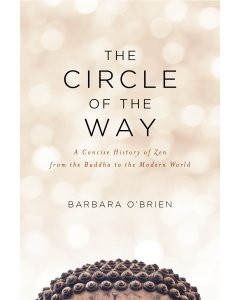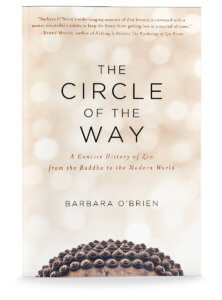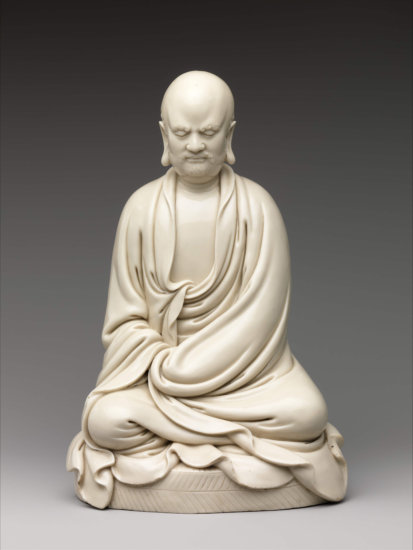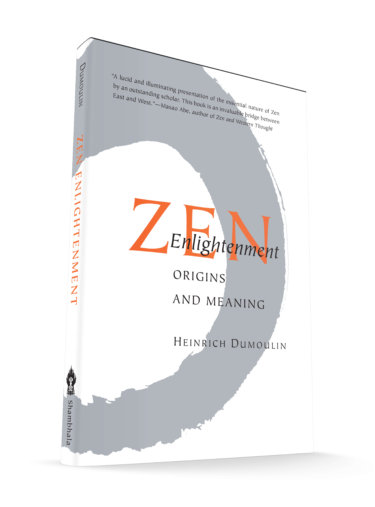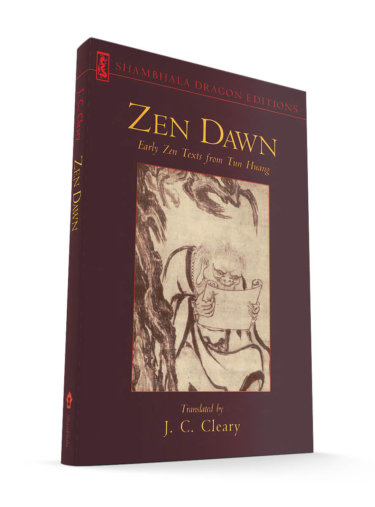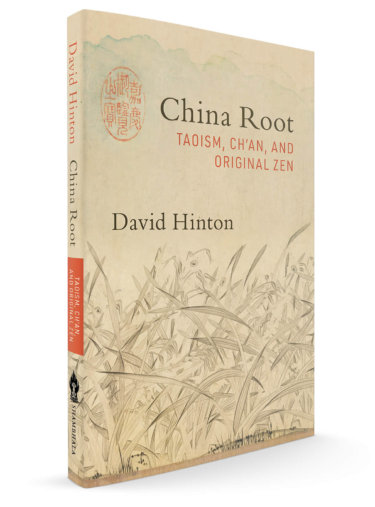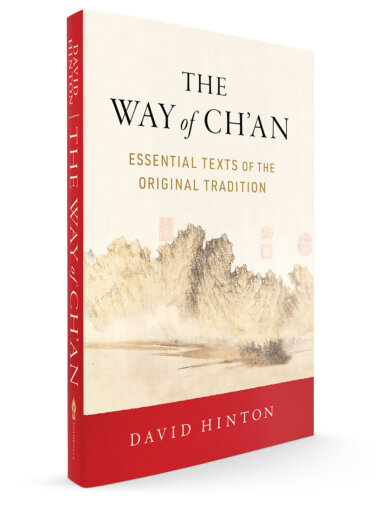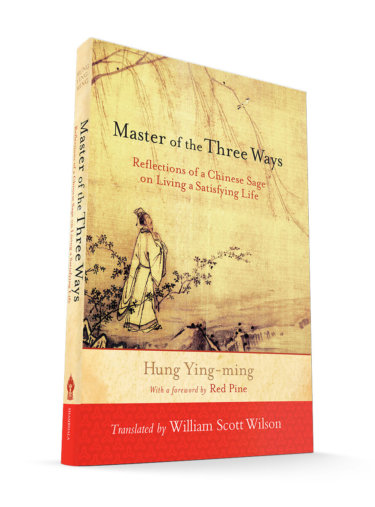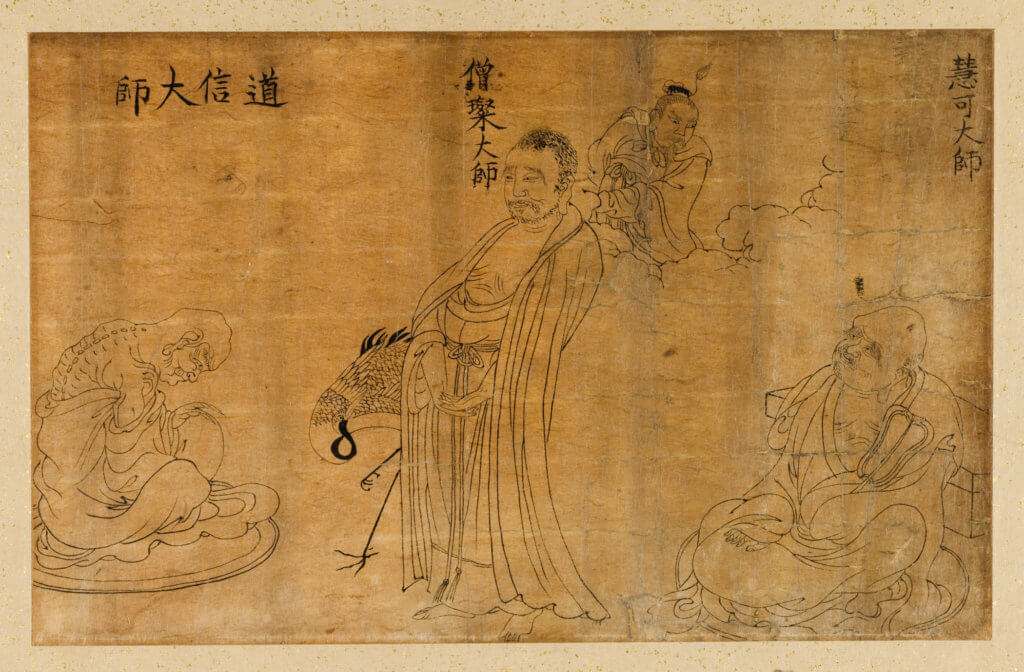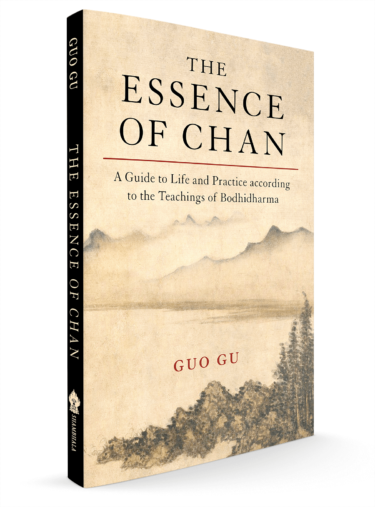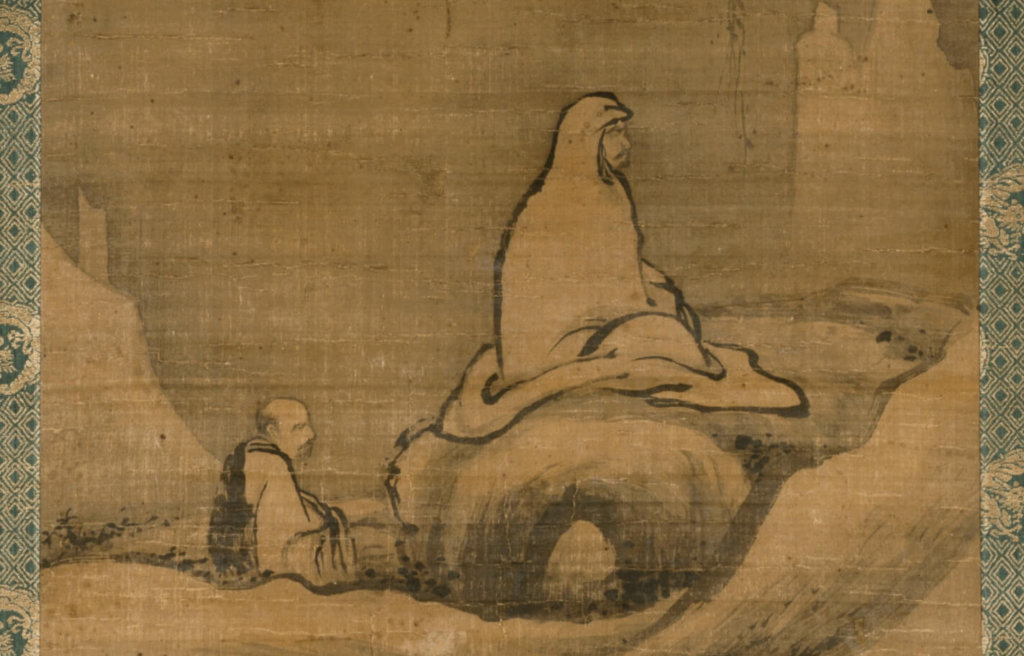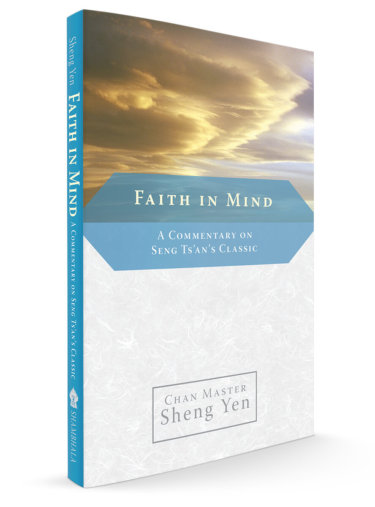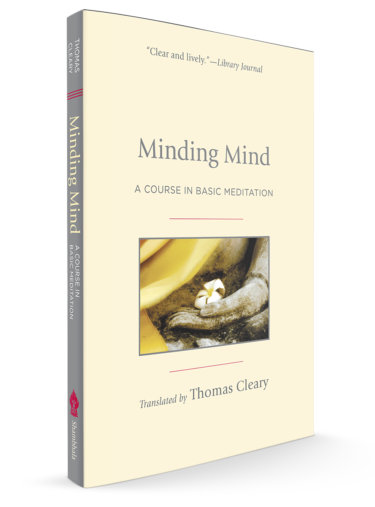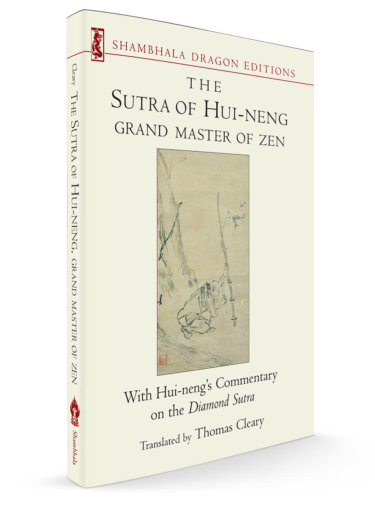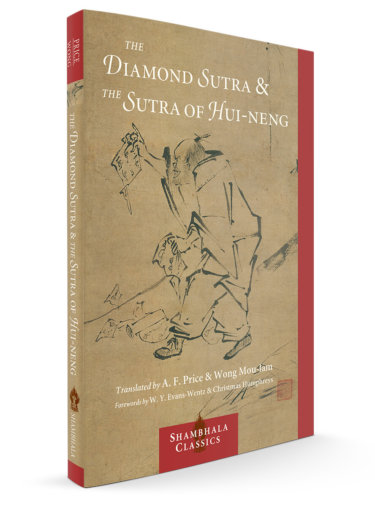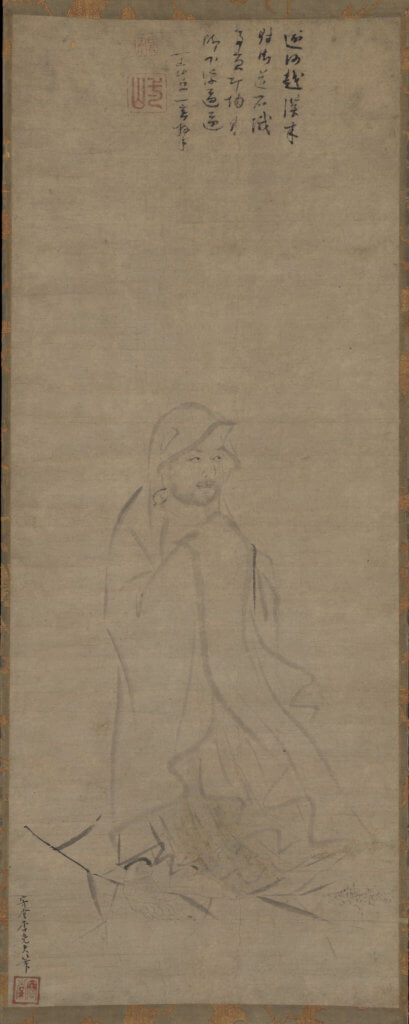

Barbara O'Brien
Barbara O’brien has been practicing Zen Buddhism since the 1980s. She works as a journalist, reporting primarily on religion in America. She is the author of Rethinking Religion: Finding a Place for Religion in a Modern, Tolerant, Progressive, Peaceful and Science-affirming World and has written about Buddhism for many outlets including About.com, The Guardian, Tricycle, and Lion’s Roar. She blogs about whatever is on her mind at her personal blog, The Mahablog (mahablog.com).
Barbara O'Brien
- Bestsellers Zen 1 item
- Buddhist History 1 item
- Foundation Texts 1 item
- Heart Sutra 1 item
- Introductions to Buddhism 1 item
- Yogacara 1 item
- Chan/Chinese Zen 1 item
- Dogen 1 item
- Genjokoan 1 item
- Hakuin 1 item
- Ikebana 1 item
- Japanese Zen 1 item
- Koan practice 1 item
- Ta Hui 1 item
- Korean Buddhism 1 item
- Rinzai 1 item
- Shobogenzo 1 item
- Soen 1 item
- Soto 1 item
- Teisho 1 item
- Women in Buddhism 1 item
- Zen archery 1 item
- Zen art 1 item
GUIDES
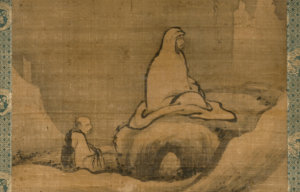
The Works of the Chan & Zen Patriarchs

This is part of a series of articles on the arc of Zen thought, practice, and history, as presented in The Circle of the Way: A Concise History of Zen from the Buddha to the Modern World. You can start at the beginning of this series or simply explore from here.
Hear a description of this statue of the First Patriarch Bodhidharma from the Metropolitan Museum of Art:
Explore Zen Buddhism: A Reader's Guide to the Great Works
Overview
Chan in China
> The Works of the Chan and Zen Patriarchs
- The Works of Zen in the Tang Dynasty (618-907)
- The Works of Zen in the Song Dynasty (960 - 1279)
- The Great Koan Collections
Zen in Korea
Zen in Japan
- Early Zen in Japan
- Dogen: A Guide to His Works
- Rinzai Zen
- Hakuin Ekaku: A Reader's Guide
- The Samurai and Zen
- Zen in Japan up to the Meiji Restoration
Additional Resources
- The Heart Sutra: A Reader’s Guide
- Zen in the Modern World (Coming Soon)
- Foundational Sutras and Texts of Zen (Coming Soon)
- Zen and Tea
Early Zen and the Zen Patriarchs
The traditional story of the birth of Zen begins with the arrival of Bodhidharma, who became known as the First Patriarch and continues through the lives of five more patriarchs. Each of these revered sages, the story goes, chose his best student to succeed him as patriarch of the lineage—a rite of passage marked by passing on the robe and bowl of Bodhidharma. This tradition ended with the sixth and last patriarch, Dajian Huineng, who died in 713.
—The Circle of the Way
Below are some of the works we publish that relate to this time period.
Jump To: Early Chan in China | Chan and Taoism | The Zen Patriarchs
Early Chan in China
Zen Enlightenment: Origins and Meaning
By Heinrich Dumoulin
This is a complement to The Circle of the Way, and has a nice overview of the early roots of Chan in China. Here, the renowned scholar Heinrich Dumoulin traces the development of Zen and the concept of enlightenment from its origins in India through its development in China to its fruition in Japan. Delineating the Buddhist origins, as well as the Taoist and yogic influences, he traces the historical path Zen has followed.
In both this work and The Circle of the Way, there are great overviews of Buddhism's arrival in China, it great translators like the peripatetic polyglot Dharmaraksha (ca. 230–307) and the Kuchan-raised and Kashmir-educated Kumarajiva (344–413), and the Zen Patriarchs.
Zen Dawn: Early Zen Texts from Tun Huang
Translated by J. C. Cleary
This important book brings together three long-lost texts from the first half of the eighth century, the earliest known writings on Zen.
- Records of the Teachers and Students of the Lanka presents a complete set of biographies of the Zen patriarchs.
- Bodhidharma's Treatise on Contemplating Mind— written in the form of a dialogue between the first Zen patriarch, Bodhidharma, and his successor, Huke—views all the various practices of the Bodhisattva path from the perspective of cultivating mind.
- Treatise on Sudden Enlightenment presents a series of questions and answers illuminating the true nature of "sudden enlightenment" as pure, undifferentiated mind.
Chan or Taoism?
In The Circle of the Way, O'Brien takes on the notion that Taoism fundamentally changed Buddhism as it arrived in China. She says,
Although Zen and Daoism do share points of agreement, Zen is best understood within the context of Mahayana Buddhism. Although Zen in China sometimes adopted Daoist vocabulary and iconography, it’s important to be aware that the perspectives behind the words and images differed from Daoist ones. I believe making too much of the Daoist-Zen connection gets in the way of understanding Zen, and no doubt it gets in the way of understanding Daoism as well.
To read a counter argument that Taoism is indeed profoundly influential on Chan, look no further than sinologist and poet David Hinton's China Root: Taoism, Ch’an, and Original Zen.
In this work, Hinton describes Ch’an as a kind of anti-Buddhism, a radical and wild practice aspiring to a deeply ecological liberation: the integration of individual consciousness with landscape and with a Cosmos seen as harmonious and alive.
He presents this original form of Zen with his trademark clarity and elegance, each chapter exploring in enlightening ways a core Ch’an concept—such as meditation, mind, Buddha, awakening—as it was originally understood and practiced in ancient China. Finally, by examining a range of standard translations in the appendix, he shows how this original understanding and practice of Ch’an/Zen is almost entirely missing in contemporary American Zen, because it was lost in Ch’an’s migration from China through Japan and on to the West.
The Birth of Ch'an
In a similar light, in The Way of Ch'an, Hinton describes the birth of Ch'an in south China among steeply graded mountains and vast forests. According to Hinton, "Ch'an arose as part of a broad cultural movement establishing mountain landscape as the heart of Chinese spiritual and artistic practice." Likewise, Ch'an was forged by four primary figures including two Buddhist philosophers, Seng Chao (Sangha-Fundament) and Tao Sheng (Way-Born) along with two poets, Hsieh Ling-yün and T'ao Ch'ien. Hinton explains that the meeting of these extraordinary individuals was facilitated by Hui Yüan (Prajna-Distance), the abbot of East-Forest. Hui Yüan was an influential figure that aspired to combine Buddhism and Taoist Dark-Enigma Learning.
Discussing this integration of Buddhism and Taoism, Hinton writes:
"Ch’an is not a religious project; it is a philosophical one. For all four of these figures, as for virtually all artist-intellectuals at the time, Dark-Enigma Learning operated as the body of assumptions defining their intellectual framework. The two philosophers explicitly reinvented Buddhist principles as Taoist principles, forging Ch’an by transforming Dhyana Buddhism into an extension of Dark-Enigma Learning. This philosophical project continues Dark-Enigma Learning’s focus on deep cosmological/ontological dimensions of consciousness and Cosmos, combining it with Buddhist thought and practice. Like Dark-Enigma Learning itself, it is sometimes challenging, sentence after sentence reading like complex philosophical aphorisms requiring sustained attention. But this complexity opens depths that allow later Ch’an to develop more accessible ways of cultivating those depths as immediate everyday experience."
Sidebar: Chan and Taosim
However, if you want to go beyond the polemics of Taoism's relationship with Chan, there is no better place to turn than Master of the Three Ways: Reflections of a Chinese Sage on Living a Satisfying Life by Hung Ying-ming. The "Three Ways" referred to are of course Buddhism, Confucianism, and Taoism and this author, nearly one thousand years after the patriarchs, presents a beautiful work that will leave you with a deep appreciation of how these streams were not so much at odds but formed a coherent whole.
In the foreword, Red Pine (Bill Porter) describes how Chinese society reconciles these streams:
Even where individuals have chosen to emphasize one over the others in their own lives, they have rarely turned their back on the others. This is because they have recognized that each addresses a different aspect of the human condition: Taoism seeks the harmony of the body, Confucianism seeks the harmony of society, and Buddhism seeks the harmony of the mind.
The Six Zen Patriarchs
And now for the Zen Patriarchs themselves.
There are traditionally listed as follows, though there is a lot more to the story you will discover in The Circle of the Way.
- Bodhidharma (5th/6th century)
- Dazu Huike (487–593)
- Jianzhi Sengcan (529–606)
- Dayi Daoxin (580–651)
- Daman Hongren (601–74)
- Dajian Huineng (638–713)
The Buddhist Partriarchs, Korea, 17th-18th century
The Los Angeles County Museum
Bodhidharma
In The Circle of the Way, O'Brien relates,
Four sermons attributed to Bodhidharma survive to the present day. Of those, the brief Two Entrances and Four Practices, prefaced by Tanlin in the sixth century and discovered at Dunhuang, has the strongest claim to being a genuine work of Bodhidharma’s. The authorship of the others is disputed, in part because they don’t appear to be old enough to have been composed by Bodhidharma.
The Essence of Chan: A Guide to Life and Practice according to the Teachings of Bodhidharma
by Guo Gu
This book, a translation and commentary on one of Bodhidharma’s most important texts, Two Entries and Four Practices, explores Bodhidharma’s revolutionary teachings. Guo Gu, both a reknownded teacher of Chan and professor at Florida State University, weaves his commentary through modern and relatable contexts, showing that this centuries-old wisdom is just as crucial for life now as it was when it first came to be.
Huike sitting behind Bodhidharma
Cleveland Mueum of Art
Huike
Dazu Huike was the second Patriarch and comes up in many of our books, but is covered most thoroughly in The Circle of the Way where O'Brien recounts his famous meeting at Shaolin with Bodhidharma that is recorded in the Wumenguan, or Gateless Barrier. After lamenting how little he comes up in the encounters of most modern-day Zen students, she gives a wonderful account of him over the next six pages. Briefly,
The scholar turned to Buddhism after the deaths of his parents. In 519, when he was thirty-two years old, he was ordained a Buddhist monk in a temple near Luoyang. About eight years later, he left in search of Bodhidharma, and he found the old monk in his cave near Shaolin Temple. At the time of this meeting, Huike was about forty years old. Huike studied with Bodhidharma for six years and became Bodhidharma’s chief dharma heir and successor.
Jianzhi Sengcan
The Third Patriarch is often considered retroactively inserted into the Patriarchs, but there is a wonderful text attributed to him.
Faith in Mind: A Commentary on Seng Ts'an's Classic
It begins with this verse:
The Supreme Way is not difficult
If only you do not pick and choose.
Neither love nor hate,
And you will clearly understand.
Be off by a hair,
And you are as far from it as heaven and earth.
These vivid lines begin one of the most beloved of all Zen texts, the Hsin Hsin Ming (“Faith in Mind”). The Hsin Hsin Ming is a masterpiece of economy, expressing the profoundest truth of the enlightened mind in only a few short pages. In this work, 20th century Chan Master Sheng Yen’s offers an approach is unique among commentaries on the text: he views it as a supremely useful and practical guide to meditation practice. “I do not adopt a scholarly point of view or analytical approach,” he says. “Rather, I use the poem as a taking-off point to inspire the practitioner and deal with issues that arise during the course of practice. True faith in mind is the belief grounded in realization that we have a fundamental, unmoving, and unchanging mind. This mind is precisely Buddha mind.
Daoxin
From The Circle of the Way:
It’s believed Daoxin valued meditation as the most essential practice. “Sit earnestly in meditation!” he is reputed to have said. “The sitting in meditation is basic to all else.” Traditional sources associate Daoxin with the Lankavatara Sutra and also with the prajnaparamita sutras, known for their deep teachings on Madhyamaka.
While we do not publish any works directly authored by Daoxin, he is discussed in many books including Enlightenment Unfolds,
From the Treasury of the True Dharma Eye:
When Daoxin, who would later become Zen Master Dayi, the Fourth Chinese Ancestor, was fourteen, he met Sengcan, the Third Chinese Ancestor, and then labored for nine years. After inheriting the authentic teaching of buddha ancestors, Daoxin kept his mind gathered and did not sleep with his side on the mat for almost sixty years. In his guidance he did not discriminate between enemies and friends, so his virtue prevailed among humans and devas.
In the sixteenth year of the Zhenguan Era [642], Emperor Tai, in admiration of Daoxin’s flavor of the way, invited him to the capital, wishing to test the hue of his dharma. Daoxin respectfully declined three times, claiming ill health. At the fourth summons, the Emperor ordered the messenger to cut off Daoxin’s head if he declined again. The messenger saw Daoxin and relayed the imperial order to him. With complete composure Daoxin stretched out his neck and made ready for the sword. Extremely impressed, the messenger went back to the capital and wrote a report to the Emperor, who admired Daoxin even more. He expressed his appreciation by sending Daoxin a gift of rare silk.
Thus, the continuous practice of Daoxin, who was not attached to his bodily life as bodily life and tried to avoid becoming intimate with kings and ministers, is something rarely encountered in a thousand years. Because Emperor Tai was a just king, Daoxin had nothing against him. The Emperor admired Daoxin because he did not spare his own bodily life and was willing to die. Daoxin focused on his continuous practice, not without reason but with respect for the passage of time. Compared with the current tendency in this declining age when many people try to find favor with the emperors, Daoxin’s refusal of the three imperial requests is remarkable.
On the fourth day, the intercalary ninth month, the second year of the Yonghui Era [651] during the reign of Emperor Gao, Daoxin gave instruction to his students, saying, 'All things are liberated. You should guard your mind and teach future generations.'
After saying this, he sat at ease and passed away. He was seventy-two years old. A stupa was built for him on the mountain. On the eighth day of the fourth month of the following year, the door to the stupa opened of itself, and inside it, his body looked as if he were alive. After that his students kept the door open.
Know Daoxin’s words: All things are liberated. It is not merely that all things are empty or all things are all things, but that all things are liberated. Daoxin had continuous practice before and after entering the stupa. To assume that all living beings die is a narrow view. To assume that the dead do not perceive is a limited idea. Do not follow these views when you study the way. There may be those who go beyond death. There may be dead people who perceive.
Daman Hongren (601–674)
The fifth patriarch is described in The Circle of the Way:
Hongren spent his entire life around Mount Shuangfeng; he was born there, studied with Daoxin there, taught there, and died there. He broke with the tradition of striking out on his own after receiving transmission, and instead he stayed with Daoxin. Three years after Daoxin’s death, Hongren decided to establish another monastery. The new monastery was only a half-day’s walk east from Daoxin’s place, and it came to be called Dongshan, or “East Mountain.” Daoxin’s and Hongren’s legacy of instruction would come to be called the East Mountain teachings.
Minding Mind
This work consists of several meditation manuals from a wide period. The first manual, Treatise on the Supreme Vehicle, is attributed to Hongren.
Dajian Huineng
The Circle of the Way gives a detailed account of the Sixth Patriarch. The title was initially attributed to Yuquan Shenxiu, but was later transferred to Huineng.
The best work well-known work of Huineng is of course the Platform Sutra, also called the Sutra of Huineng. We have two translations of this text, The Sutra of Hui-neng, Grand Master of Zen, translated by Thomas Cleary, and The Diamond Sutra and The Sutra of Hui-neng, translated by Wong Mou-lam and A. F. Price. The former has the benefit of having a full commentary by Huineng on the Diamond Sutra.
The Sutra of Hui-neng, Grand Master of Zen: With Hui-neng's Commentary on the Diamond Sutra
Translated by Thomas Cleary
Hui-neng (638–713) is perhaps the most beloved and respected figure in Zen Buddhism. An illiterate woodcutter who attained enlightenment in a flash, he became the Sixth Patriarch of Chinese Zen, and is regarded as the founder of the "Sudden Enlightenment" school. He is the supreme exemplar of the fact that neither education nor social background has any bearing on the attainment of enlightenment. This collection of his talks, also known as the Platform or Altar Sutra, is the only Zen record of its kind to be generally honored with the appellation sutra, or scripture.
The Sutra of Hui-neng is here accompanied by Hui-neng's verse-by-verse commentary on the Diamond Sutra—in its very first published English translation ever.
The Diamond Sutra and The Sutra of Hui-neng
Translated by Wong Mou-lam and A. F. Price
The Diamond Sutra, composed in India in the fourth century CE, is one of the most treasured works of Buddhist literature and is the oldest existing printed book in the world. It is known as the Diamond Sutra because its teachings are said to be like diamonds that cut away all dualistic thought, releasing one from the attachment to objects and bringing one to the further shore of enlightenment. The format of this important sutra is presented as a conversation between the Buddha and one of his disciples. The Sutra of Hui-neng, also known as the Platform Sutra, contains the autobiography of a pivotal figure in Zen history and some of the most profound passages of Zen literature. Hui-neng (638–713) was the sixth patriarch of Zen in China, but is often regarded as the true father of the Zen tradition. He was a poor, illiterate woodcutter who is said to have attained enlightenment upon hearing a recitation of the Diamond Sutra. Together, these two scriptures present the central teaching of the Zen Buddhist tradition and are essential reading for all students of Buddhism.
Continue to next article in this series: Zen in the Tang Dynasty >
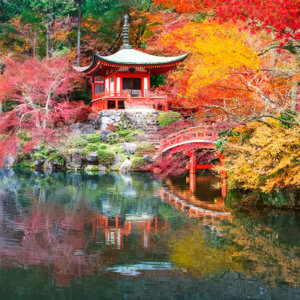
Zen Buddhism: A Reader's Guide to the Great Works

Zen Buddhism: A Reader's Guide to the Great Works
There have been surprisingly few clear introductions to the full range of the East Asian tradition of what is popularly commonly referred to, in its Japanese variant, as Zen Buddhism but also known as Chan, Soen, and Tien in original Chinese, Korean, and Vietnamese. All these names stem from the Sanskrit word jhana or dhyana which was rendered as Chan, but all share a fundamental set of practices and views, though with a stunning variety of creativity and approaches.
In The Circle of the Way: A Concise History of Zen from the Buddha to the Modern World by Barbara O'Brien, we now have a clear map of these traditions and variants and a basic guide to a literacy of this set of traditions. In this work you will find discussions of many works and figures. But choosing where to explore more can be a bit bewildering. Shambhala Publications alone has over 210 works on these traditions.
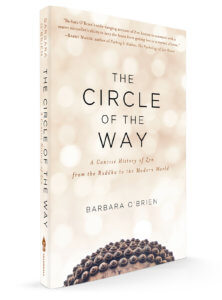
The historical arc, as presenting in O'Brien's book, is as follows:
Zen history as described in Zen centers and monasteries follows an established trajectory. The story begins with the life of the Buddha and then moves on to the development of Mahayana Buddhism, the major tradition of which Zen is a part. This is followed by the story of the Six Patriarchs, the founders of Zen in China.
After the Six Patriarchs period comes Tang dynasty Zen, sometimes called the Golden Age of Zen. Here we meet the great masters remembered in the enigmatic koans that Zen is famous for. Zen is transmitted to Korea and Vietnam. As we approach the end of the first millennium c.e., we see the emergence of the schools of Zen that exist today. Zen takes root in Japan and flourishes. And, finally, we reach the modern era and the establishment of Zen outside Asia.
Using this Reader's Guide
In the following pages you will discover an amazing array of books written and translated by some of the most knowledgeable people about Chan and Zen Buddhism on the planet. Prolific writers and translators that appear repeatedly in the pages that follow include Kaz Tanahashi, Master Sheng Yen, William Scott Wilson, Katagiri Roshi, Norman Waddell, John Stevens, and J.C. Cleary.
But by far the greatest debt we owe to the availability of the classics of Chan and Zen is to Thomas Cleary who is responsible for translating more books in this area than anyone. His life has been immersed in the linguistic and cultural worlds of China and Japan–and beyond–and that dedication has let to the highly accurate, nuanced, and magnificent translations he has done. His output, which continues, is simply incredible, and is partly captured in two of his sets of Collected works, Classics of Buddhism and Zen, and The Taoist Classics, but these only include a small subset of the works he has translated.
In Tricycle's review of the magisterial Flower Ornament Scripture, Robert Thurman said of him:
There is no doubt in my mind that Thomas Cleary is the greatest translator of Buddhist texts from Chinese or Japanese into English of our generation, and that he will be so known by grateful Buddhist practitioners and scholars in future centuries. Single-handedly he has gone a long way toward building the beginnings of a Buddhist canon in English.
We at Shambhala Publications are full of appreciation to this band of intrepid teachers, writers, and translators for guiding us on the path. We hope you enjoy what is in store for you in this series of guides that follow.
Note: While the historicity of some of the texts and figures presented have been lost to the fog of time and questioned by scholars, for the most part these will be presented in this series of articles as they are through received tradition. More detail will be found in The Circle of the Way and in many of the works covered here.
Continue to Next Article: The Works of Chan & Zen Patriarchs >
Explore the Reader Guides to Zen Buddhism
Overview
> Zen Buddhism: A Reader's Guide to the Great Works
Chan in China
- The Works of the Chan and Zen Patriarchs
- The Works of Zen in the Tang Dynasty (618-907)
- The Works of Zen in the Song Dynasty (960 - 1279)
- The Great Koan Collections
Zen in Korea
Zen in Japan
- Early Zen in Japan
- Dogen: A Guide to His Works
- Rinzai Zen
- Hakuin Ekaku: A Reader's Guide
- The Samurai and Zen
- Zen in Japan up to the Meiji Restoration
Additional Resources
- The Heart Sutra: A Reader’s Guide
- Zen in the Modern World (Coming Soon)
- Foundational Sutras and Texts of Zen (Coming Soon)
- Zen and Tea
Hear a description of this Zen/Chan work from the Metropolitan Museum of Art:

